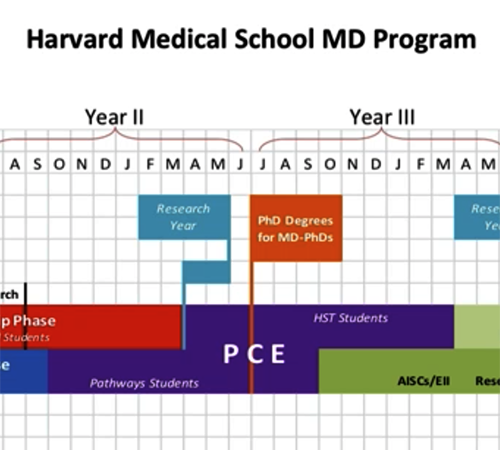
Being out as lesbian wasn’t easy when Jennifer Potter attended Harvard Medical School in the 1980s.
The curriculum she encountered didn’t include material on sexuality. Her coursework didn’t address LGBTQ health disparities except in a unit about HIV/AIDS, which was just emerging at the time, or how to provide affirming care for LGBTQ patients.
The culture around her didn’t offer much reprieve. Although two queer students had started a club the year before she enrolled, Potter was still the only out student in her class. She watched a dean take down a flyer announcing one of the club’s meetings. A classmate audibly prayed for Potter each morning as she walked to her seat in the lecture hall.
“It was incredibly lonely,” she recalled.
Science. Medicine. Humanity.
Harvard Medicine magazine delivered to your inbox










